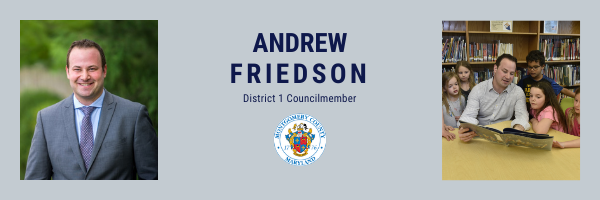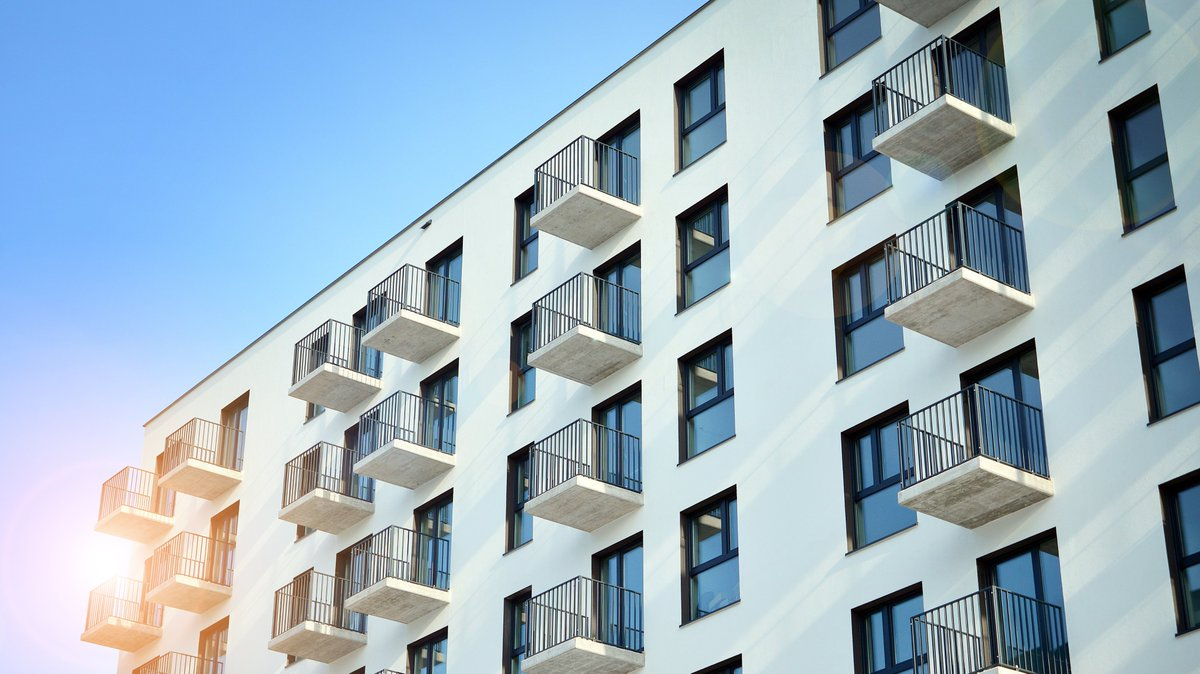
This summer, the Council will begin reviewing the Planning Board’s Draft Thrive Montgomery 2050 Plan, an update to the County’s 1964 General Plan that planned for growth around the concept of wedges and corridors. At the time that plan was created, much of the county remained undeveloped. Today, 85 percent of our county’s land is developed or otherwise constrained, which makes planning for even modest growth challenging. Thrive 2050 is intended to address that challenge and to suggest ways to grow more efficiently and sustainably to support our need to attract new residents and improve the quality of life for those who already live here. A great deal has changed in Montgomery County since 1964; Thrive 2050 addresses those changes, confronts current challenges, builds on our strengths, and charts a course for our county’s future for the next three decades.
Thrive 2050, like the current General Plan, is a long-range guiding document that lays out a set of policy goals and recommendations. It is important to note that the General Plan is not an implementation document and Thrive 2050 in and of itself does not change zoning laws or land use rules. Any implementation of the concepts from Thrive 2050 will need to be approved legislatively via a bill or zoning text amendment or through the master plan or functional plan process.
The stated goals of Thrive 2050 are economic performance and competitiveness, racial equity and social inclusion, and environmental resilience, along with other important aims such as:
- improving public health;
- elevating quality design;
- encouraging active lifestyles;
- expanding the role of arts and culture;
- creating complete communities;
- encouraging compact, corridor-focused growth;
- expanding affordable and attainable housing;
- increasing park and recreational opportunities for our increasingly urban and diverse community; and
- expanding and enhancing our multi-modal transportation network.
Our county has extraordinary strengths but for far too long, we have been too content with the status quo. The world is rapidly changing, and we need to ensure that we are not left behind. This means thinking big, addressing changing realities in the county and across the region, and creating a shared vision for the future that puts us in the best position to achieve our maximum potential with a robust economy supported by sustainable growth patterns and a community where all our residents have access to attainable housing and educational and economic opportunity.
Charting the course for our future provides an exciting opportunity to take a step back - to look at where we have been, to fully assess modern-day challenges, and to create a vision for where we want our community to be in 30 years. If the foundation of that vision is based upon economic health and competitiveness, environmental sustainability and resilience, and equity, we will be on solid footing as we continue to move through the 21st century. The policies that will be implemented based on this vision in the years to come will build on the good work we have been doing in terms of transportation, housing, economic growth and development, environmental sustainability, and racial equity.
Each will be publicly debated and evaluated in the coming months, and as always, the devil is surely in the details. But with a strategic framework like the General Plan, it is important to focus first on the overarching vision and the pivotal questions. Where and how should we grow as a county in the most sustainable and inclusive manner? How can we position ourselves to compete regionally and within the global economy? How can we continue to create communities where people want to live, work, play, and stay? How can we ensure economic opportunity for all our residents? And how can we ensure Montgomery County is a desirable, welcoming, and accessible community for the next generation and beyond?
The Council recently held two public hearings at which we heard from approximately 100 residents. Countless others have written in or called to share their thoughts and ask questions about the Plan. Next week, the Council’s Planning, Housing, and Economic Development (PHED) Committee will begin reviewing the Plan with worksessions currently planned for July 12, 14, 21, and 26. If you are interested, you can watch those work sessions online or on cable television or view them later via the Council website.
Once the PHED Committee finishes our review, we will make recommendations to the full Council, which is currently scheduled to begin consideration of the Plan in September. You can learn more about Thrive 2050 on the Planning Department’s website. There you can find the draft plan, archived Planning Board meetings, and a variety of other resources. You can follow the Council’s review of the Draft Plan via the Council website where you can find Council and Committee packets and view worksessions.

Last week, we joined Councilmember Riemer to introduce a new bill aimed at lowering costs of development for affordable housing projects, many of which are nonprofit and lack the financial resources of private developers. The legislation will allow a payment in lieu of taxes or PILOT for housing developments where at least half of the units are income-restricted affordable housing, with higher incentives for projects with even lower rents. It is key to adding certainty and stability for projects that can be difficult to finance so we can build new, quality affordable housing.
It is also part of our broader effort to work aggressively to accelerate more affordable housing because we can no longer afford a wait and see approach toward our growing affordable housing gap. We must move urgently to create the housing needed so more people can live in and be part of our community and so that new residents and their families have the same opportunities to remain in our County that many of us were afforded.
Closing the affordable housing gap is not just a moral imperative. It is an economic necessity, and critical to attracting the employees and businesses offering high-quality jobs we want and need.
|